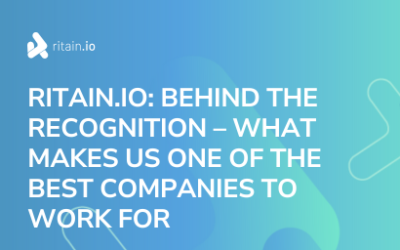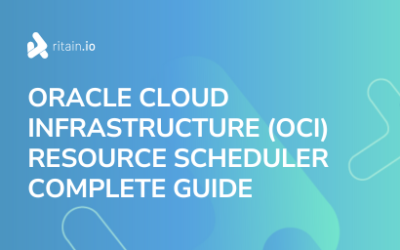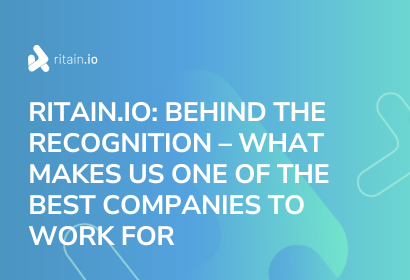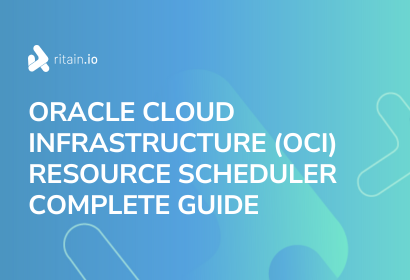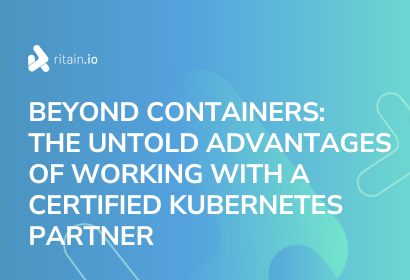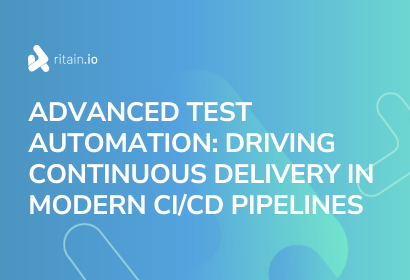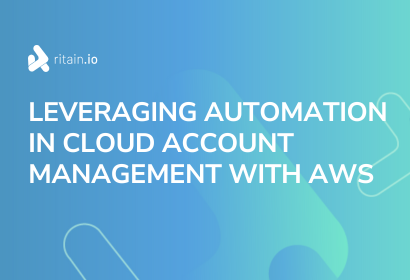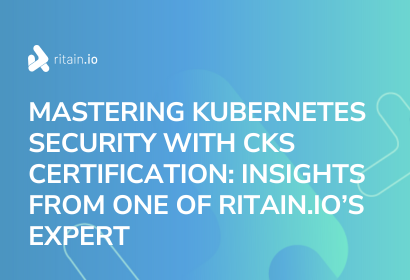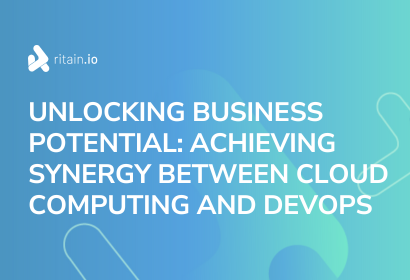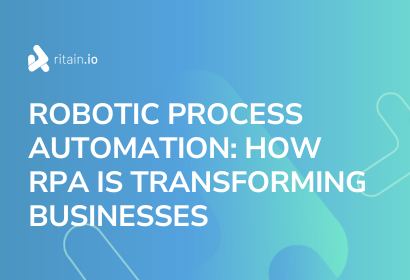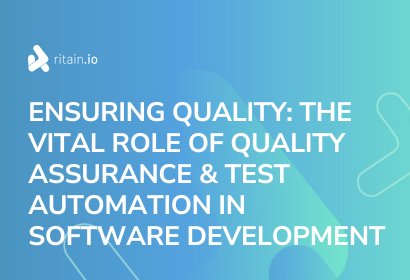BLOGS AND INSIGHTS:
THE ROLE OF CLOUD-NATIVE ARCHITECTURE IN BUSINESS MONETIZATION
Cloud-native architecture refers to a design approach that leverages the full potential of cloud technologies to build and run scalable, resilient, and flexible applications. By utilizing microservices, containers, and automation, cloud-native designs enable businesses to adapt quickly to changing demands, enhancing their operational efficiency.
In today’s fast-paced digital landscape, cloud-native architecture is critical to helping businesses innovate, reduce costs, and deploy services faster, offering a foundation for growth and long-term sustainability.
Monetizing business operations through cloud-native solutions
Cloud-native architecture fundamentally changes how businesses manage their IT infrastructure, offering dynamic scalability that optimizes resource usage. Traditional systems often require heavy hardware investments and overprovisioning, leading to high upfront costs. In contrast, cloud-native solutions allow businesses to scale on demand, ensuring they only pay for the resources they use. This flexibility directly translates to cost savings, particularly for businesses with fluctuating traffic or seasonal spikes.
Moreover, the cloud-native design supports continuous integration and delivery (CI/CD), significantly reducing time-to-market for new features or services. Companies can roll out updates in real-time, eliminating downtime and ensuring new products reach the market faster. This agility provides a competitive edge, enabling businesses to react swiftly to evolving customer needs or industry trends.
The use of microservices, containers, and API management in cloud-native architecture enables businesses to break down their applications into smaller, independent components. This modularity enhances flexibility, allowing teams to work on individual services without impacting the overall system. By adopting containers, businesses can ensure consistent environments across development, testing, and production, reducing compatibility issues and deployment times.
API management facilitates seamless integration with third-party applications, enhancing the customer experience and opening new revenue streams. APIs also allow companies to offer their services to other platforms, driving service diversification and further monetization opportunities.
Cloud-native architecture not only drives operational efficiency but also enables businesses to expand their offerings, improve customer experiences, and maximize their revenue potential.
Case studies: Real-world benefits of cloud-native architecture transformation
Cloud-native architecture has been transformative for various industries, delivering tangible benefits in telecom, financial services, and retail, to name a few. Here are key examples of how businesses have leveraged this technology for growth:
Telecom
Cloud-native solutions enable telecom providers to scale network operations with agility, reducing downtime and accelerating new service rollouts. For instance, companies adopting cloud-native architecture have shortened their time-to-market, improving customer satisfaction and gaining a competitive edge by offering seamless, high-reliability services.
Financial services
In fintech, cloud-native infrastructure supports real-time, high-volume transaction processing, enhancing operational efficiency. By deploying microservices and containerization, financial institutions can ensure secure, compliant services that scale on demand during peak activity without compromising performance, creating cost-saving efficiencies.
Retail
Retailers benefit from cloud-native platforms to optimize online operations, particularly during high-traffic events like Black Friday. Cloud-native solutions allow for smooth scaling and efficient management of personalized customer experiences, leading to increased sales and strengthened customer loyalty.
These examples illustrate how cloud-native architecture can revolutionize business operations, providing scalability, flexibility, and significant competitive advantages in various industries.
Ritain.io’s expertise in cloud-native architecture transformation
Ritain.io is a leader in implementing cloud-native solutions that enable businesses to unlock agility, scalability, and cost efficiency. By adopting microservices, containers, and orchestration, we ensure clients can scale infrastructure seamlessly, addressing fluctuating business needs while maintaining operational stability.
With a focus on automating processes and optimizing resource usage, Ritain.io helps companies reduce unnecessary expenditures, simplify complex systems, and simplify development pipelines for continuous delivery.
Ritain.io’s approach to cloud-native transformation empowers businesses to innovate faster and stay competitive in dynamic markets. Our expertise lies in customizing architectures to meet specific business objectives, allowing clients to deliver new features rapidly, and integrate third-party services through API management.
This flexibility enhances customer experiences and creates new revenue streams while reducing the time-to-market. As a result, Ritain.io has positioned itself as a trusted partner for businesses seeking sustainable growth through cloud-native technologies.
Conclusion: The future of cloud-native and DevOps synergy
The integration of cloud-native architecture with DevOps will continue to be a powerful force in driving operational excellence and business growth. The convergence of these two practices promotes faster development cycles, enabling teams to deploy updates continuously and improve system resilience.
- AI-driven automation: As artificial intelligence becomes more integrated, DevOps processes will be further optimized, enabling predictive maintenance, intelligent monitoring, and enhanced decision-making.
- Cloud-native DevOps: Cloud-native DevOps will empower businesses to build scalable, distributed systems capable of adapting to varying workloads, while maintaining service uptime and reliability.
Looking ahead, the adoption of these emerging trends will enable businesses to react more swiftly to market demands, minimize human intervention, and deliver exceptional customer experiences.
By embracing these innovations, companies can position themselves to thrive in the competitive digital economy, securing both short- and long-term success.
NEWSLETTER
SUBSCRIBE TO OUR NEWSLETTER
Sing up to receive our most recent use cases, blogs and insights.
PROOF OF SUCCESS
Check our
Blogs and News
Ritain.io: Behind the recognition – What makes us one of the best companies to work for
BLOGS AND INSIGHTS:RITAIN.IO: BEHIND THE RECOGNITION – WHAT MAKES US ONE OF THE BEST COMPANIES TO WORK FORRitain.io has proudly been named one of the Best Companies to Work For by EXAME magazine and ManpowerGroup Portugal. This recognition is a testament to our...
OCI Resource Scheduler: Complete Guide for Implementation
BLOGS AND INSIGHTS:ORACLE CLOUD INFRASTRUCTURE (OCI) RESOURCE SCHEDULER: COMPLETE GUIDE FOR IMPLEMENTATIONWhat is OCI Resource Scheduler for? The OCI Resource Scheduler is a cloud-native service provided by Oracle Cloud Infrastructure (OCI) to automate the...


